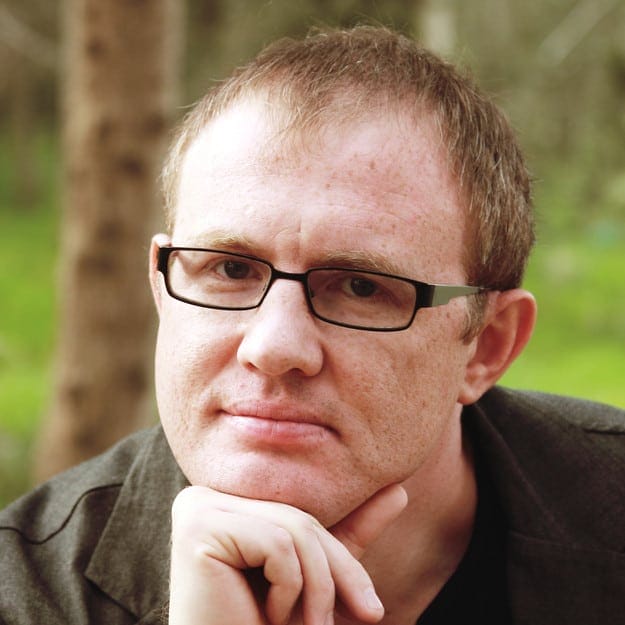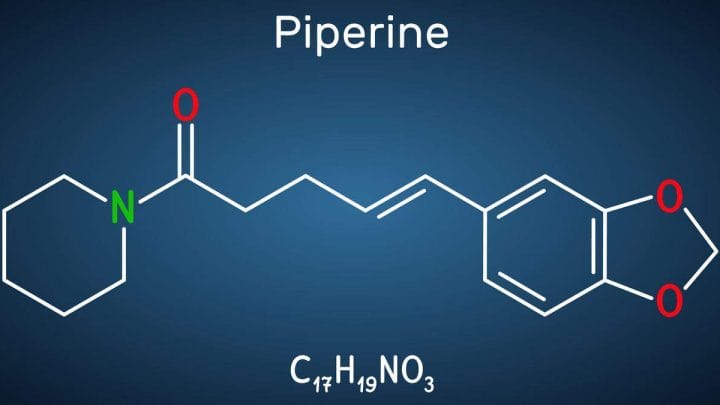
Androgenetic alopecia – what it is and how to treat it effectively.
Baldness is a disease affecting millions of people worldwide every year, manifested by excessive, accelerated hair loss, and at the same time very difficult to treat. Speaking about alopecia, we do not mean just one type, there are many of them and that’s what creates problems with proper diagnosis and selection of appropriate and, above all, effective treatment. One of the most difficult to deal with types of this disease is androgenic alopecia, usually having a genetic background.
Contents
Alopecia – what it is and who it affects most often
Description of the exact causes of this type of hair loss, however, will deal a little later. First, we should get some more general information about what causes the hair to suddenly start falling out and we lose our thick, luxuriant hair, considered one of the attributes of male and female beauty. By alopecia (alopecia), we understand a medical condition, temporary, long-term or permanent, whose symptom is first the cessation of hair growth and then its loss.
Hair loss is a problem that affects mostly men, nowadays already regardless of age, although men in the period of andropause complain about it more often, about 85 percent of them. From this number, the overwhelming majority of cases, nearly 96 percent, is the androgenetic alopecia. In women, these figures look equally alarming, 30 – 40 percent of women over 50 already suffer from this disease.
Androgenic alopecia – all its causes
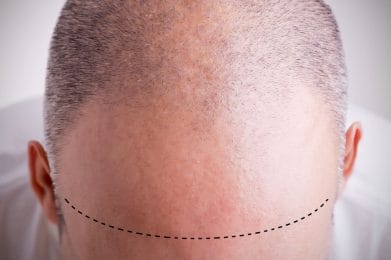
However, regardless of the type of disease, we are dealing with partial or complete loss of hair, and this state of affairs is really unacceptable and must be resolutely counteracted. The causes of accelerated hair loss, including androgenetic alopecia, are many, some, as I mentioned, are difficult to diagnose and therefore should be dealt with by a specialist. So it will be necessary to see a professional trichologist or even a dermatologist if it is caused by undetected scalp diseases.
In people who have encountered androgenetic alopecia, the causes of this are also directly related to the growth phases of the hair, which we distinguish three:
- The growth phase, anagen, lasting from 2 to 6 years, during which the hair grows and the hair follicles are most active;
- the transition phase, catagen, which is much shorter and lasts 14 to 21 days, when the hair follicles shrink and the hair starts to die;
- resting phase, telogen, lasting 2 – 4 months, in which hair does not grow at all, hair follicles do not work, and the existing hair keratinizes and falls out, sometimes in very large quantities, and then we have telogenetic alopecia. This phase is also disturbed in androgenic alopecia, when more so-called telogen hairs appear.
However, the most important cause is the mentioned genetic background, we can risk a statement that androgenic alopecia is hereditary and if someone from the older generation of the family suffered from it, we also have an increased risk of disease. This type of baldness is caused by androgens, hormones produced in the male and female reproductive system. In addition to reproductive functions, they also affect the condition of the skin, regulating, among other things, the functioning of the sebaceous glands and hair follicles, and thus hair growth.
In certain situations, hair follicles become sensitive to one of the varieties of androgens, a “mutated” derivative of testosterone. Under the influence of the enzyme 5 alpha-reductase, it is converted into dihydrotestosterone, called DHT for short, rapidly damaging the hair follicles, leading to their miniaturization and, in time, to their complete disappearance. Thus, the hair loses the basis of its growth, becomes weakened and begins to fall out in large quantities. Of course, the destructive action of DHT is not the only cause of this disease, it is also caused by:
Severe stress and other nervous tension
One of the most dangerous civilization diseases of our time. Stress arouses the terror of patients and specialists in its treatment, causing not only states of strong nervous tension, sometimes leading even to depression. It also becomes the cause of various types of hair loss, including androgenetic alopecia, and weakening of the body’s immunity negatively affects
- hair follicles, leading to the development of dangerous inflammatory conditions;
- hormonal economy of the body, including the maintenance of an adequate level of testosterone;
- prolongation or complete stoppage of the hair growth phase and weakening of its structure.
Before we take up the fight against baldness, we should first deal with stress, otherwise it will cause hair loss, and it will intensify the symptoms of stress, so we will fall into a “vicious circle” from which it will be really difficult to get out.
Unhealthy and unhealthy diet
Another cause of many types of hair loss, and improper diet can also aggravate the symptoms of androgenetic alopecia in men and women. Many people, including those losing their hair at a rapid rate, mistakenly believe that there is no such thing as a diet to prevent baldness. However, you should carefully choose what you eat and remove from your daily menu anything that causes not only growing overweight and obesity.
Some products weaken hair follicles and hair bulbs, lead to the development of scalp diseases, especially fast foods, sweets and excessive stimulants, especially alcohol. The process of baldness can be inhibited and stopped:
- healthy fatty acids Omega – 3, protecting hair from harmful UV radiation and strengthening its structure;
- Vitamin A, which prevents dryness, brittleness and fragility of hair, has a positive effect on metabolic processes in hair bulbs and the condition of the scalp
- B vitamins, among which: B1 (thiamine) and B2 (riboflavin) regulate the sebaceous glands, preventing excessive sebum secretion, B6 (pyridoxine) maintains hair colour and conditions its growth in the hair follicles, B7 (biotin) effectively prevents baldness and greying, and vitamin B12 (cobalamin) has the same effect;
- Vitamin C, ascorbic acid, responsible for the production of collagen, a component that builds many tissues and has a significant impact on skin health, the basis for the growth of strong hair. Ascorbic acid is also an antioxidant that fights free radicals, which may be the cause of ailments manifested by hair loss;
- Vitamin E, which moisturizes hair, strengthens it along the entire length and prevents split ends;
- minerals, and the two most important ones, without which our hair cannot do without, are zinc and silicon. The former protects against possible skin diseases which usually result in baldness, supports keratin and collagen production and regulates sebum secretion. Silicon inhibits natural skin aging processes, accelerates wound healing, removes acne, strengthens the hair structure which becomes more resistant to damage and changeable weather conditions, humidity, low and high temperatures, wind and sun.
Poorly Chosen Cosmetics and Too Intensive Hair Care
Even well-nourished hair that receives the proper amount of nutrients is easily damaged by using the wrong cosm etics and by overly intensive care. The most damaging ingredients in cosmetics are the artificial ones:
- parabens, which are carcinogenic and irritate the skin;
- silicones, which overload the hair and prevent nutrients from penetrating the skin;
- SLS – y, sodium lauryl sulfate compounds, causing allergies, especially not recommended for sensitive skin, with dandruff and excessive seborrhea clogging the follicle openings.
Hair loss, including androgenetic alopecia, may be accelerated by improperly or too often performed beauty treatments, and the greatest devastation is caused by
- washing hair and skin in too hot water, drying them, making it difficult to comb after drying, destroying their protective lipid layer;
- Frequent, usually daily use of hair dryers, straighteners or curling irons for styling and styling. Heat is the greatest enemy of keratin, the protein that builds hair and provides another layer of protection against damage,
- hair tied up too tightly with an elastic band, which exposed to high mechanical forces, slide out of hair roots and start to come out in handfuls.
Androgenetic alopecia – characteristic symptoms
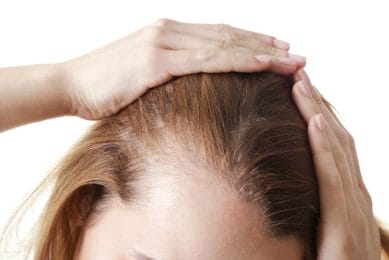
Symptoms of this type of baldness are ambiguous, different for men and women. In the case of men, the first symptoms of androgenic alopecia appear at the age of 20 – 30 years and usually takes place in several consecutive phases:
- phase 1, when the hair retains its natural line and does not yet begin to fall out;
- phase 2, the hair line begins to slowly recede and the first slight curves appear;
- phase 3, when the hairline gets deeper and deeper and the frontal hairline recedes;
- phase 4, the hairline is already visibly receding towards the occipital area, the hair also begins to thin in other parts of the head;
- phase 5, a distinct lack of hair in the parietal area;
- phase 6, gradual merging together of all bald areas;
- phase 7, in which hair grows only on the occiput and the rest of the head is completely devoid of it.
In case of women, androgenetic alopecia usually begins at the age of over 30 years and the first visible symptom is the so-called widening of the parting and hair thinning mainly on the top of the head. The hairline itself, on the other hand, does not shift, and this type of baldness often accompanies diseases such as:
- Cushing’s syndrome;
- hormonal imbalances;
- polycystic ovary syndrome.
Androgenetic alopecia – drug treatment and its side effects
In the treatment of androgenic alopecia both typical pharmacological and natural methods work, however, it is important to react quickly enough, right after noticing the first symptoms. It is difficult to miss them, because more and more hair left on the brush or comb is certainly a reason for concern.
Among pharmacological methods of hair loss treatment the best are strong but unfortunately harmful preparations whose main ingredients are:
- finasteride, a chemical compound that effectively prevents the negative effects of dihydrotestosterone, but brings with it such side effects as palpitations, skin reactions, weakened libido, lower sperm quality, and in extreme cases even infertility in men;
- minoxidil, also reducing the amount of DHT secreted, and its side effects include an acne-like rash, itchy skin, increasing excess weight, dizziness, shortness of breath, hypotension, and chest pain.
Androgenetic alopecia – natural treatment methods
The effectiveness of drug treatment is undeniable, but it is better to save yourself from these troublesome side effects, and equally good results will be obtained by using natural methods, dietary supplements based on extracts from medicinal plants and herbs:
Sabal palm
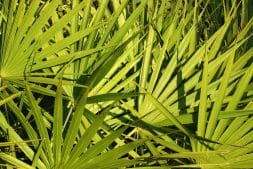
Sabal palm(saw palmetto) is one of the strongest natural inhibitors of DHT, stopping its destructive effects on hair follicles. It copes with symptoms of androgenic alopecia, showing effectiveness also on other causes of hair loss. It provides them with numerous components necessary for their proper growth, phytosterols, flavonoids, vitamins and minerals as well as coenzyme Q10.
Common nettle
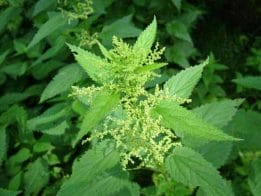
Nettle acts similarly to saw palmetto, limiting the effects of dihydrotestosterone, strengthening hair along its entire length, preventing its fragility, breakage and split ends, while taking care of the health of hair follicles and roots. Strong hair structure is mainly due to silicon contained in nettle, which also has a beneficial effect on the skin, and phosphorus, regulating the secretion of sebum, giving the hair elasticity and flexibility.
Extracts from these two plants are not only included in everyday hair care cosmetics but also in tablets preventing hair loss, the review of which you will find in our ranking at the link below:
RANKING OF TABLETS FOR HAIR LOSS
Sources:
- https://www.healthline.com/health/male-pattern-baldness
- https://www.healthline.com/health/womens-health/female-pattern-baldness
- https://www.medicalnewstoday.com/articles/68077
- https://www.medicalnewstoday.com/articles/68082#What-is-DHT?

